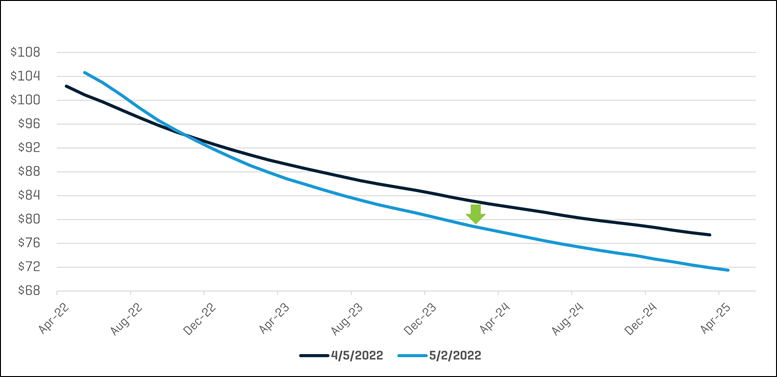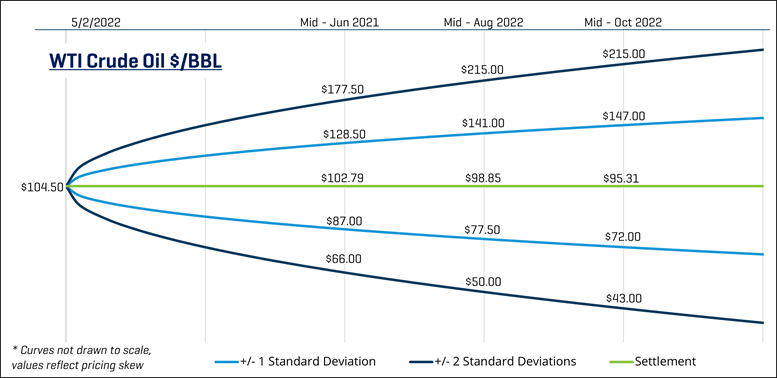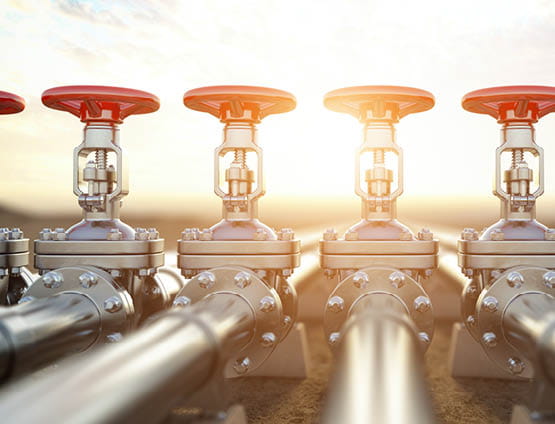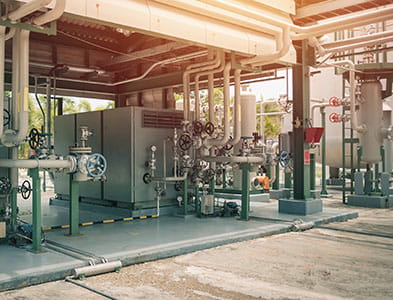Higher Biofuel Gasoline Blends to be Used to Curb Fuel Costs
Higher Biofuel Gasoline Blends to be Used to Curb Fuel Costs
U.S. President Joe Biden unveiled plans two weeks ago to extend the availability of higher biofuel blends of gasoline during the summer to curb soaring fuel costs and to cut reliance on foreign energy sources. The move, announced during the President’s trip to an Iowa ethanol plant, represents the administration's latest attempt to tamp down inflation, which recently hit a new 40-year high.1
The measure will allow Americans to keep buying E15, a gasoline that uses a 15%-ethanol blend, from June 1 to September 15. E15 gasoline is 10 cents cheaper on average per gallon, but it is less “energy dense,” meaning drivers would need to buy more gallons of E15 than they would need from lower ethanol blends.
What Is E15 Gas?
E15 is a fuel composed of 15% ethanol and 85% gasoline. It has 5% more ethanol than E10, the most popular fuel in the United States.2 Ethanol is a simple alcohol, which, when blended with gasoline, acts as an oxygenate. Federal regulations have allowed the use of ethanol-blended gasoline to lower carbon monoxide, particulate, and hydrocarbon emissions while promoting the use of renewable fuels.
E15 gas has a higher octane rating of 88 compared to the 87 octane rating of E10 gas. Many fuel retailers offer E15 gas labeled as “Unleaded 88” to emphasize its high octane rating.
Why Not Use E15 All of the Time?
One of the major complaints by E15 opponents is that ethanol can corrode many of the plastics, metals, and rubber components used in internal-combustion engines and their fuel systems. Hence, using fuel with a higher concentration of ethanol than the manufacturer recommends may damage your vehicle, especially older models, or collectible vehicles.
Automakers changed the formulation of the vulnerable components in the vehicles of the model year 2007 and later. Thus, proponents say that you can safely use E15 gas if you own a car built in 2007 or later. For older cars, however, it not a good idea to use E15, as the cars may experience various issues associated with burning alcohol. Ethanol absorbs moisture more easily compared to gasoline, which can lead to corrosion-related issues in fuel tanks and can gum up carburetors and filters. Ethanol can also dissolve rust in the fuel tank, which can end up in the fuel system.
In summary, the addition of more ethanol to gas blends sold during the summer has gotten a lot of press, but it does come with potential unseen costs to drivers.
WTI Strip Prices Increase
Spot prices and futures prices for the WTI contract increased by approximately $4.00 per barrel in the near term, but they decreased by approximately $6.00 per barrel over the longer term.
Oil Strip Prices - One Month Change

As shown, the oil price curve remains in a state of “backwardation,” reflecting the market’s expectation of lower future spot prices.
Oil Price Outlook
The price distribution below shows the crude oil spot price on May 2, 2022, as well as the predicted crude oil prices based on options and futures markets. Blue lines are within one standard deviation (σ) of the mean, and red lines are within two standard deviations.

Based on these current prices, the markets indicate there is a 68% chance oil prices will range from $77.50 and $141.50 per barrel in mid-Aug 2022. Likewise, there is roughly a 95% chance that prices will be between $50.00 and $215.00. By mid-October 2022, the one-standard-deviation (1σ) price range is $72.00 to $147.00 per barrel, and the two-standard-deviation (2σ) range is $43.00 to $215.00 per barrel.
Key Takeaways
Remember that option prices and models reflect expected probabilities, not certain outcomes, but that does not make them any less useful. The heightened volatility caused by recent events have led to extraordinary futures’ price ranges. While the mid-October 2022 settlement price is $95, the 1σ range has a spread of $75, and the 2σ range has spread of over $170 per barrel. These factors add up to a challenging price environment for capital allocation decisions.
- Biden taps ethanol to help lower fuel prices as consumer inflation surges, Reuters.com
- Unleaded 88/E15 Frequently Asked Questions, Iowa Renewable Fuels Association



